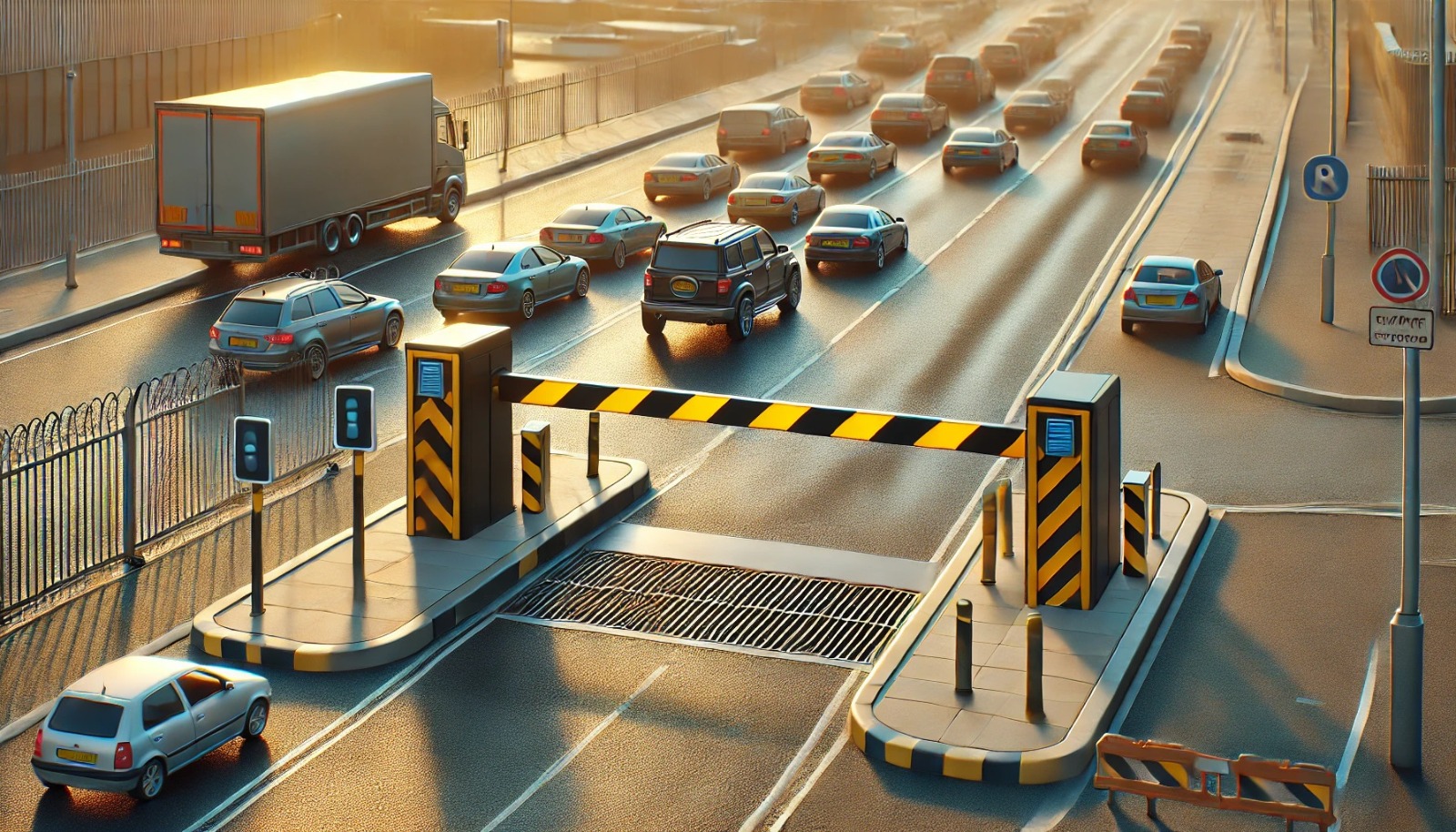
How Carpark Barriers Improve Safety in High-Traffic Areas
High-traffic areas, such as shopping malls, office complexes, and public transport hubs, require efficient traffic control systems to ensure safety and order. Carpark barriers play a crucial role in managing vehicle flow, preventing accidents, and enhancing security in these busy locations. Their strategic placement and technological advancements make them an essential component of modern parking management.
Preventing Unauthorized Access
One of the primary functions of carpark barriers is to prevent unauthorized vehicles from entering restricted areas. By regulating access, these barriers reduce congestion and ensure that only permitted vehicles can enter, minimizing risks such as illegal parking and security threats. In high-traffic locations, this is essential for maintaining order and safety.
Reducing Speed and Enhancing Pedestrian Safety
Carpark barriers act as a natural speed control mechanism. When drivers approach a barrier, they are forced to slow down or stop, reducing the likelihood of speeding-related accidents. In busy areas with heavy pedestrian movement, controlled vehicle entry helps create a safer environment for people walking near parking facilities.
Minimizing Traffic Bottlenecks
Modern automated carpark barriers improve traffic flow by managing entry and exit points efficiently. Integration with RFID, license plate recognition (LPR), and contactless payment systems allows vehicles to pass through quickly without manual intervention. This prevents unnecessary congestion, reducing the chances of vehicle collisions in high-traffic environments.
Enhancing Security and Monitoring
Carpark barriers often work alongside security cameras and access control systems to provide real-time monitoring. This integration helps deter criminal activities such as vehicle theft, vandalism, and trespassing. Security teams can track vehicle movement, record entry logs, and respond promptly to incidents.
Conclusion
Carpark barriers are essential for maintaining safety in high-traffic areas. By controlling access, reducing speed, minimizing congestion, and enhancing security, they create a safer and more organized environment for both drivers and pedestrians. As technology advances, smart carpark barriers will continue to play a vital role in urban mobility and traffic management.